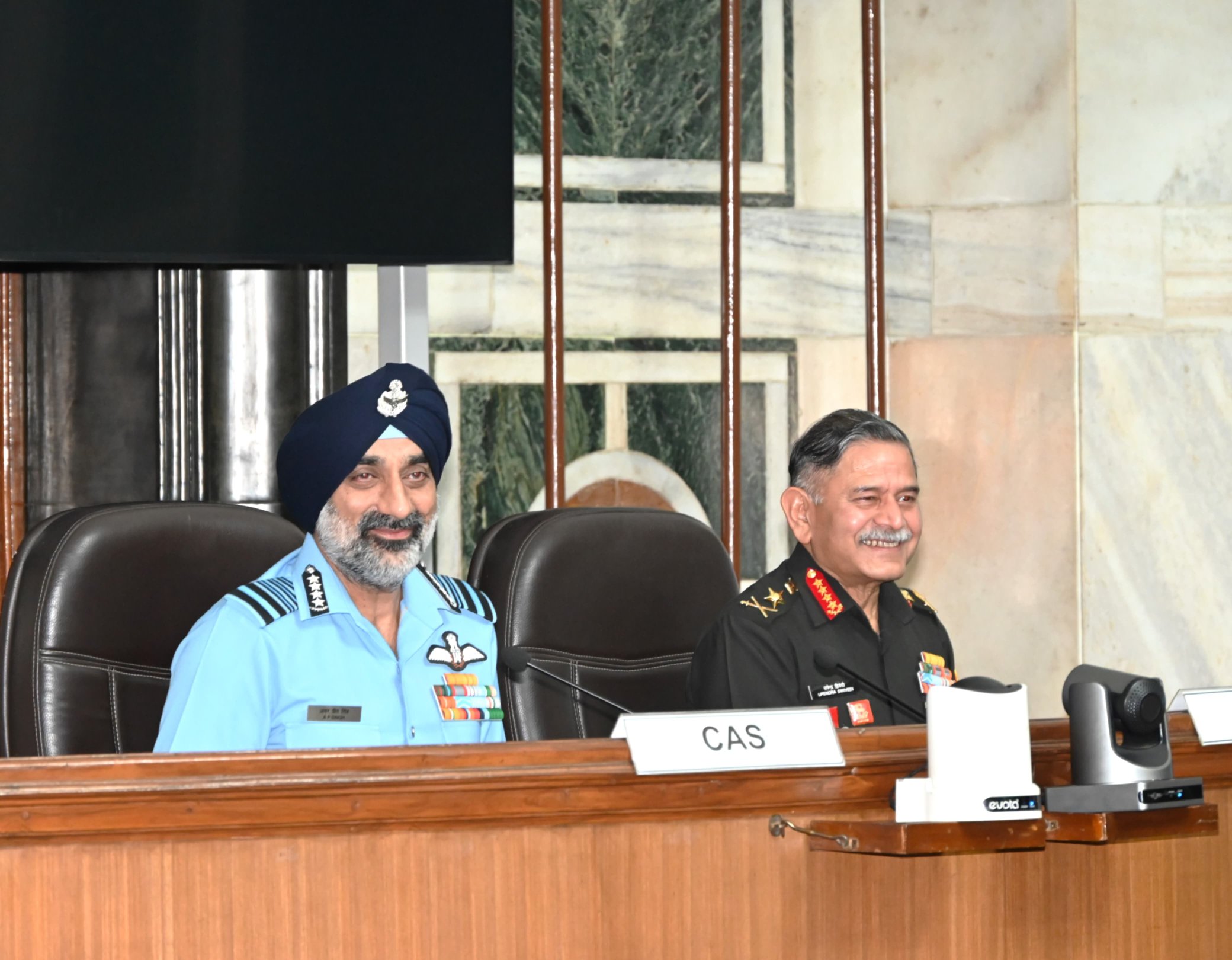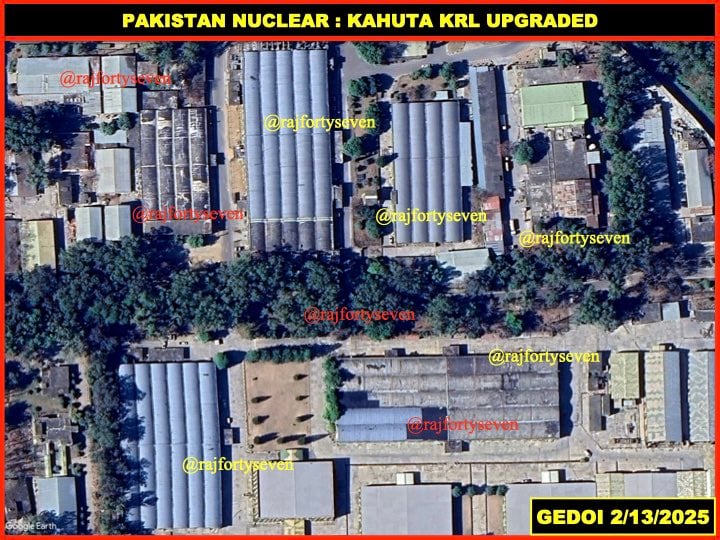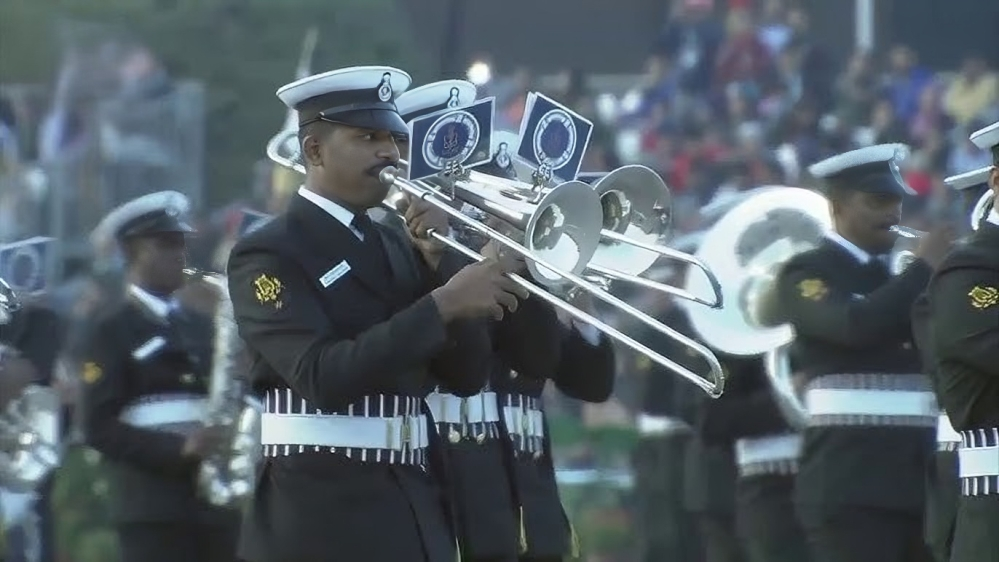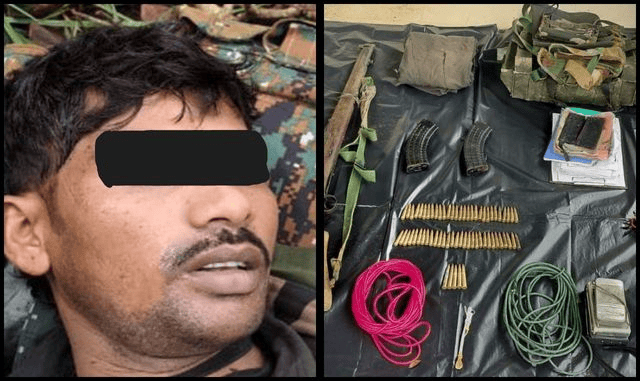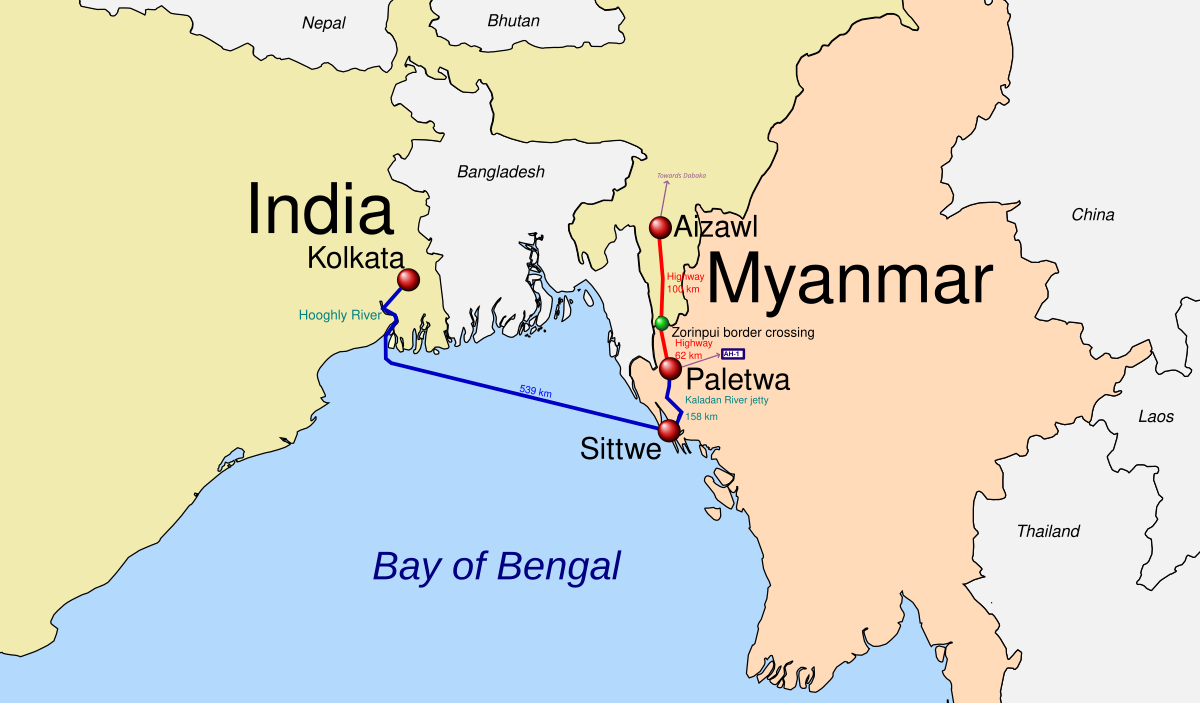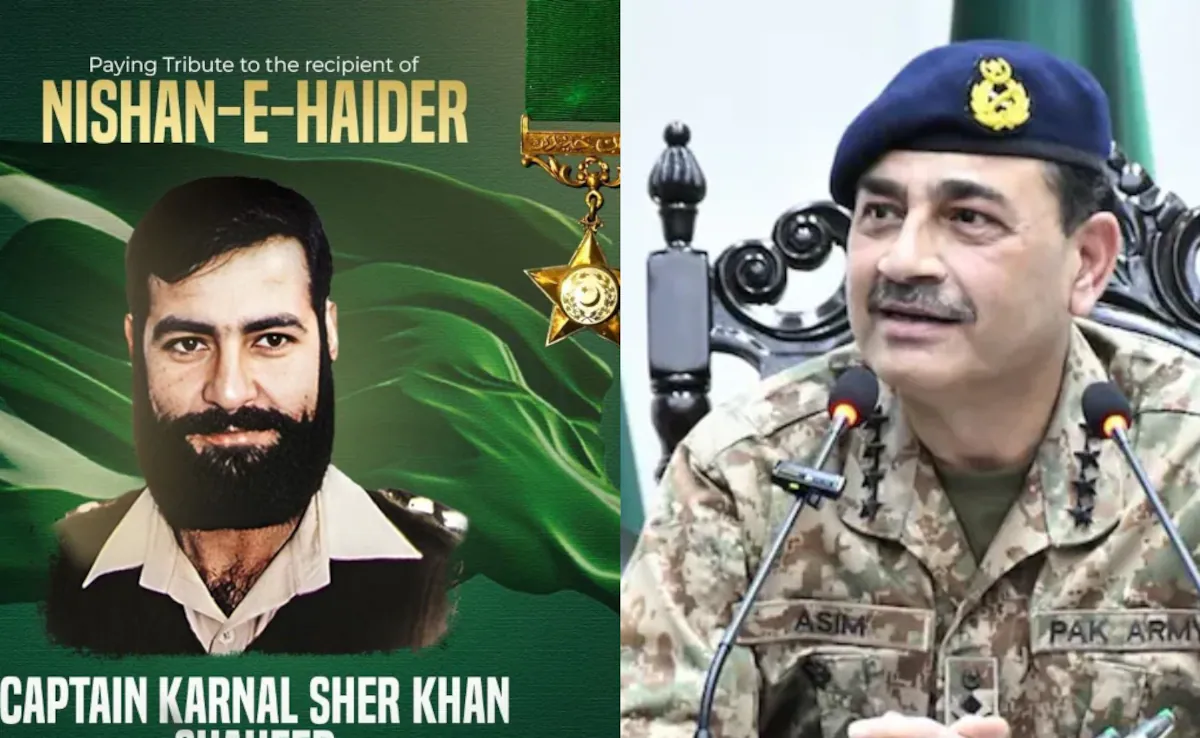Service Chiefs Unite to Outline Joint Operations Strategy for Future Warfare
In a rare and significant development, the chiefs of India’s Army, Navy, and Air Force came together today to jointly…
Pakistan Stockpiling Excess Nuclear Fuel at Kahuta, Claims Retired Indian Army Colonel
In a development that has triggered fresh security concerns in the subcontinent, Pakistan is reportedly accumulating nuclear fuel in quantities…
Indian Navy Agniveer MR Musician Recruitment 2025
The Indian Navy, known for its unwavering commitment to excellence, has once again opened the doors for talented individuals to…
Maoist Sniper With ₹8 Lakh Bounty Killed in Bijapur Encounter
In a major blow to Maoist insurgents in Chhattisgarh, a top sniper and deputy commander of the Maoists' elite Battalion…
Kaladan Project to Be Operational by 2027, Will Transform Northeast Connectivity: Sonowal
Union Shipping Minister Sarbananda Sonowal has announced that the Kaladan Multi-Modal Transit Transport Project (KMMTTP) is expected to be fully…
Pakistan’s Hypocrisy Exposed: Soldier Once Disowned After Kargil Now Honoured by Asim Munir
In a dramatic turn of narrative, Pakistan has posthumously honoured Captain Karnal Sher Khan—one of its soldiers killed during the…

